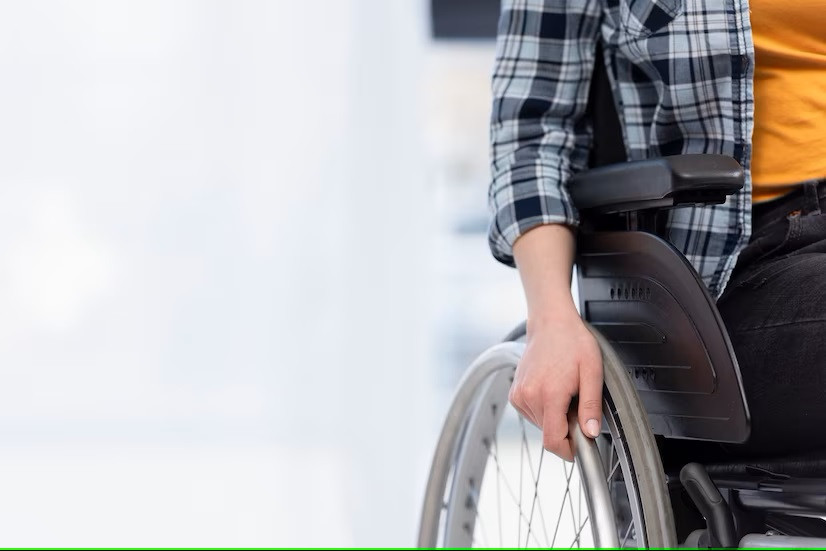Stroke is common in older adults, especially those over the age of 55. However, stroke cases in younger adults are on the rise.
Modern lifestyles that often lack physical activity, an unhealthy diet, smoking habits, and excessive alcohol consumption can increase the risk of stroke. The level of obesity among young adults is also one of the significant risk factors for developing stroke.
Is there a way to prevent it?
How to Prevent Stroke in Early Adulthood
In general, stroke risk factors in young adults can be controlled through lifestyle changes and the management of health conditions. By living a healthy lifestyle and being proactive about your health conditions, you can reduce your risk of stroke.
Here are some preventive measures that can be taken:
Exercise regularly
Regular exercise is associated with reduced risk and prevention of stroke. Exercise helps improve blood circulation, controls weight, increases good cholesterol (HDL) levels, and helps control blood pressure.
According to the American Heart Association and American Stroke Association, adults should exercise 40 minutes of moderate-to-vigorous aerobic exercise 3–4 times a week to maintain cardiovascular health. In addition to aerobic exercise, it is also important to do strength training, such as weight lifting, to build muscle mass, increase strength, and maintain flexibility.
Managing medical conditions
Having certain health conditions, as mentioned earlier, may increase the risk of stroke in young adults. Management of diabetes and cardiovascular disease is essential to help prevent and control the risk factors associated with stroke.
Read More: Causes and Risk Factors of Minor Stroke (TIA)
Monitor blood pressure, cholesterol, and blood glucose levels.
Regular monitoring of blood pressure, cholesterol, and blood sugar levels is one of the keys to stroke prevention. High blood pressure can damage blood vessels, increasing the risk of blood clots forming and causing stroke. High cholesterol can also cause hardening of the arteries (atherosclerosis), which can increase the risk of stroke.
Monitoring blood sugar levels, especially for those with a history of diabetes, is also very important, as diabetes can cause damage to blood vessels and increase the risk of stroke.
Maintaining the ideal Body Mass Index (BMI)
Achieving and maintaining an ideal body mass index is important in stroke prevention.
The BMI range that is considered ideal is between 18.5 and 24.9. Meanwhile, a BMI below 18.5 is considered underweight, and a BMI above 24.9 indicates overweight or obesity.
To achieve a healthy BMI, you need to exercise regularly, lead an active lifestyle, and eat a nutritionally balanced diet.
Read More: Having A Stroke Attack, This Is What You Can And Cannot Do
Quit smoking
Cigarettes contain chemicals that can cause damage to blood vessels and trigger plaque formation in the arteries. Smoking can increase the risk of atherosclerosis, which is a narrowing in the arteries due to plaque buildup.
Smoking also increases the chances of blood clots, which can lead to blood clots and blockage of blood vessels related to ischemic stroke.
Quitting smoking provides health benefits, including a reduced risk of heart disease and stroke, improved lung capacity and general health.
In addition to all of the above, you also need to maintain a healthy diet rich in fruits, vegetables, whole grains, and foods low in saturated fats. If you are confused in determining and choosing a healthy diet, you can consult a doctor or nutritionist.
Have you been dealing with concerns related to stroke or stroke risk factors? Our health consultation services are available through the Ai Care app, which can be downloaded from the App Store or Play Store.
Want to know more tips and tricks for health, first aid, and other home treatments? Click here!
- dr. Monica Salim
Mayo Clinic (2023). Stroke. Available from: https://www.mayoclinic.org/diseases-conditions/stroke/symptoms-causes/syc-20350113
Joy Emeh (2023). What causes a stroke in young adults?. Available from: https://www.medicalnewstoday.com/articles/stroke-in-young-adults-causes
CDC (2022). Prevent Stroke: What You Can Do. Available from: https://www.cdc.gov/stroke/prevention.htm
Lindsey Konkel (2022). 5 Ways to Protect Yourself From a Stroke. Available from: https://www.everydayhealth.com/stroke/guide/prevention/
American Heart Association (2020). The Connection Between Diabetes and Stroke. Available from: https://www.stroke.org/-/media/Stroke-Files/Lets-Talk-About-Stroke/Prevention/Lets-Talk-About-the-Connection-Between-Diabetes-and-Stroke.pdf
Stroke Association. High cholesterol. Available from: https://www.stroke.org.uk/what-is-stroke/are-you-at-risk-of-stroke/high-cholesterol
Stroke Association. High blood pressure. Available from: https://www.stroke.org.uk/what-is-stroke/are-you-at-risk-of-stroke/high-blood-pressure
CDC (2022). Assessing Your Weight. Available from: https://www.cdc.gov/healthyweight/assessing/index.html
Zia Sherrell (2023). Can smoking cause a stroke?. Available from: https://www.medicalnewstoday.com/articles/can-smoking-cause-a-stroke
National Heart, Lung, and Blood Institute (2022). What Is Atherosclerosis?. Available from: https://www.nhlbi.nih.gov/health/atherosclerosis











